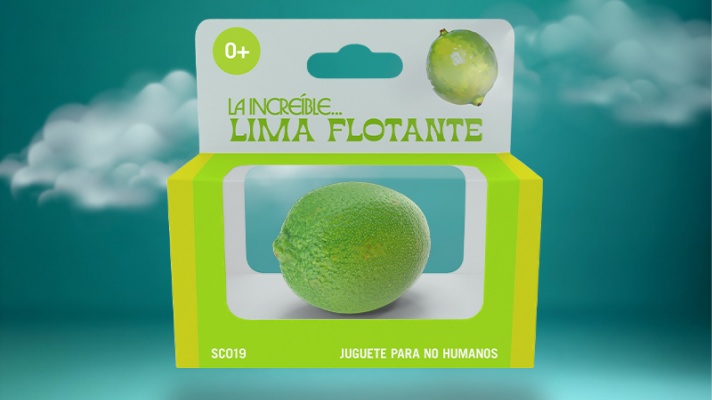Descripción de la Exposición
The graphic work of Antoni Tàpies needs to be understood as an inseparable part of his entire artistic production. The artist repeatedly explained that he used the copper plate in the same way as card or a piece of paper, since he embarked on any work in the same spirit. His interest for art in terms of materials found a wide range of expressive possibilities within printmaking, since he had to subject traditional technical processes to new techniques and materials that had been unknown in the world of printmaking up till that point.Antoni Tàpies began making prints on the initiative and following the models of certain publishers. Even though his first prints were created in 1947, he began working in printmaking less sporadically in the late 1950s. In the following years he mainly collaborated with six publishing houses, which were pivotal for his creative printmaking: Sala Gaspar, Barcelona; Erker Galerie, St. Gallen; Maeght y Lelong, París; Edicions Polígrafa, Barcelona; and Galeria Toni Tàpies, Barcelona. The artist's collaboration with each of the publishing houses included work with various printers, whom he encouraged with his ideas to explore new technical solutions.Tàpies' work is dominated by a series of images and forms that are repeated throughout his entire career. These are often expressed in more or less open series, such as the prints entitled Roig i negre (1985) or the series Variations sur un thème musical from 1987, which was inspired by the theme of Robert Schumann. Tàpies partly conceived of the latter through music to which – free of any descriptive elements – he attributes the greatest purity of expression. From here stems his interest in combining various series of images and personal obsessions with simpler elements, which deliberately leave him up to chance.

Exposición. 16 abr de 2025 - 11 may de 2025 / Centro Botín / Santander, Cantabria, España

Formación. 08 may de 2025 - 17 may de 2025 / Museo Nacional Centro de Arte Reina Sofía (MNCARS) / Madrid, España